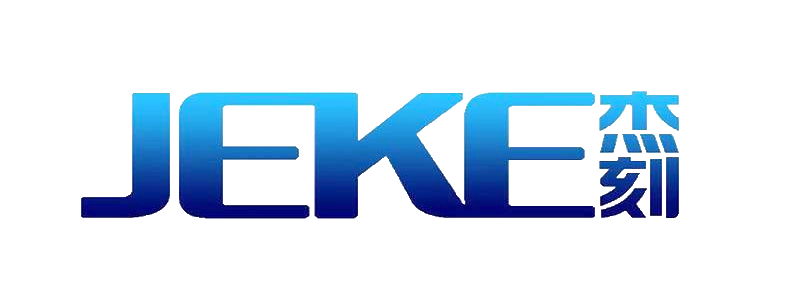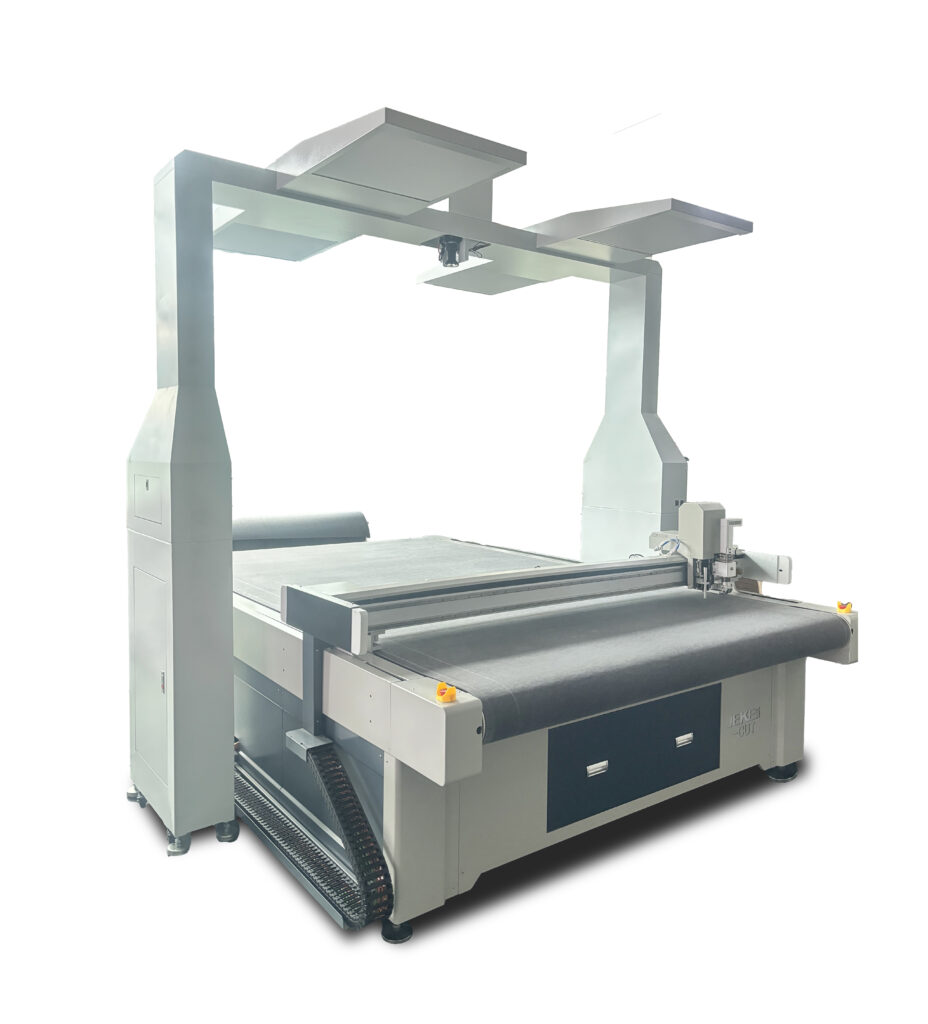The apparel industry is constantly evolving, with new technologies and machinery transforming production methods. Among the key advancements in garment manufacturing are laser cutting and CNC oscillating knife cutting. Both technologies are widely used for cutting fabrics and other materials, but they each come with their own set of benefits and limitations. In this blog post, we will compare laser cutting and CNC oscillating knife cutting, analyzing their advantages and drawbacks, to help you determine which is better for your apparel production needs.
What is Laser Cutting?
Laser cutting is a non-contact cutting process that uses a laser beam to melt, burn, or vaporize material, creating precise cuts in fabric or other substances. This process is typically employed for intricate designs and patterns and is especially popular in industries that require high-precision cuts, such as apparel, automotive, and aerospace.
In the apparel industry, laser cutting is commonly used for cutting delicate fabrics like silk, lace, and synthetic materials. The technology can also be used to create detailed patterns and designs, providing a level of detail and accuracy that’s difficult to achieve with traditional cutting methods.
What is CNC Oscillating Knife Cutting?
CNC oscillating knife cutting, on the other hand, uses a high-speed oscillating blade to cut through materials. The blade moves back and forth (oscillates) at a rapid pace, effectively slicing through soft and medium-rigid materials like fabrics, foams, leather, and rubber. The cutting process is driven by a CNC system that reads the design or pattern from a computer program, ensuring precise and repeatable results.
This method is commonly used in the apparel industry for cutting thicker materials, multi-layered fabrics, and textiles that may not be suitable for laser cutting. CNC oscillating knife cutting can also work with a variety of material thicknesses and is effective for both simple and intricate designs.
Laser Cutting vs. CNC Oscillating Knife Cutting: Key Comparisons
Here’s a breakdown of the two cutting methods across several critical aspects:
- Precision and Accuracy
- Laser Cutting: Known for its high precision, laser cutting can create intricate designs and patterns with extremely fine details. It’s particularly suited for detailed logos, lettering, and lacework. The narrow laser beam ensures minimal material wastage and can cut with extreme accuracy, especially on thin fabrics.
- CNC Oscillating Knife Cutting: While CNC oscillating knife cutting is also highly precise, it is typically better suited for thicker materials. It offers accuracy within a very small tolerance, and some advanced models can produce intricate designs. However, it may not achieve the same level of detail as laser cutting, especially when working with very fine fabrics.
Verdict: If you need to cut intricate and detailed patterns, such as delicate fabrics or complex designs, laser cutting is your best bet. For general fabric cutting with good accuracy, CNC oscillating knife cutting provides solid results.
- Material Compatibility
- Laser Cutting: Laser cutting works well with many materials, including synthetic fabrics, cotton, polyester, and even leather. However, it’s not always suitable for thick or layered materials, as the heat may cause them to burn, warp, or melt. It’s also important to note that laser cutting works best on materials that can withstand the heat generated by the laser.
- CNC Oscillating Knife Cutting: One of the major advantages of CNC oscillating knife cutting is its versatility with a broad range of materials. It can cut through thick fabrics, multiple layers of fabric at once, foams, rubber, and even leather without the risk of burning or warping the material. This makes it ideal for cutting more challenging materials that laser cutters may struggle with.
Verdict: For thick fabrics or multi-layered materials, CNC oscillating knife cutting is the better option. For delicate or heat-sensitive fabrics, laser cutting excels.
- Cut Quality and Finish
- Laser Cutting: Laser cutting produces a clean, smooth edge, with minimal fraying or roughness. It’s particularly beneficial for fabrics like polyester and nylon, where the laser’s heat seals the edges as it cuts, preventing fraying. The cuts also tend to be sharp and precise, with no need for post-cut finishing.
- CNC Oscillating Knife Cutting: While the CNC oscillating knife can provide a clean cut, it is more likely to leave a slightly rougher edge on certain fabrics, especially softer or fibrous materials. However, it works well with thicker materials that may require extra precision. Some oscillating knives also have a vacuum system to help keep the cut edge clean.
Verdict: For a cleaner, smoother edge on delicate fabrics, laser cutting has the advantage. However, for thicker materials, the CNC oscillating knife still delivers great quality.
- Speed and Efficiency
- Laser Cutting: Laser cutting is generally faster than CNC oscillating knife cutting, particularly when it comes to thin or delicate fabrics. The speed of the process allows for high throughput, making it an ideal choice for large-scale apparel production.
- CNC Oscillating Knife Cutting: CNC oscillating knife cutting tends to be slower than laser cutting, especially when dealing with thicker or more rigid materials. However, modern CNC systems with advanced tools can still achieve good cutting speeds without sacrificing precision.
Verdict: For high-speed production on thin materials, laser cutting is faster. However, for thicker, multi-layered materials, CNC oscillating knife cutting may be slightly slower but still highly efficient.
- Cost Considerations
- Laser Cutting: Laser cutters are generally more expensive to purchase and maintain. They also require more energy, which can increase operational costs, especially when used for extended hours. The initial investment in laser cutting equipment can be a barrier for smaller businesses.
- CNC Oscillating Knife Cutting: CNC oscillating knife machines tend to be more affordable, both in terms of purchase price and operational costs. They require less energy and are easier to maintain compared to laser cutters. For businesses looking for a cost-effective solution, CNC oscillating knife cutting offers a better price-to-performance ratio.
Verdict: CNC oscillating knife cutting is more cost-effective for businesses with a limited budget. However, for businesses looking for advanced technology and faster throughput, laser cutting might justify the higher cost.
- Safety
- Laser Cutting: Laser cutting involves high-intensity heat, making safety a primary concern. Operators must follow strict safety protocols, including wearing protective gear, as the laser can cause burns or damage to the eyes.
- CNC Oscillating Knife Cutting: CNC oscillating knife cutting is generally safer than laser cutting, as it doesn’t involve high temperatures. The main safety concern is the moving blades, but with proper guarding and safety measures, it’s a relatively safe cutting method.
Verdict: CNC oscillating knife cutting is typically safer than laser cutting, particularly when considering long-term operation.
Conclusion: Which Is Better for Apparel Production?
Both laser cutting and CNC oscillating knife cutting offer significant advantages for apparel production, but the choice between the two depends on your specific needs and materials.
- If your focus is on delicate, intricate patterns and fine detailing on thin fabrics, laser cutting will provide the best results.
- If you’re working with thicker fabrics, multi-layered materials, or need a more cost-effective solution, CNC oscillating knife cutting is likely the better choice.
For many apparel manufacturers, a combination of both technologies may be the most effective approach, allowing for the versatility needed to handle a wide range of materials and cutting tasks. Ultimately, choosing the right technology depends on your business’s specific needs, production volume, and material types.
If you have any other questions about CNC equipment, you can also contact us



